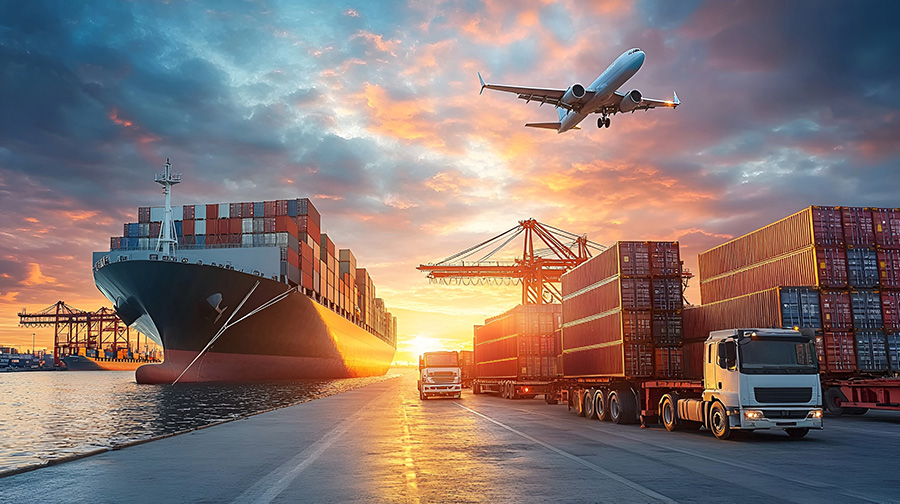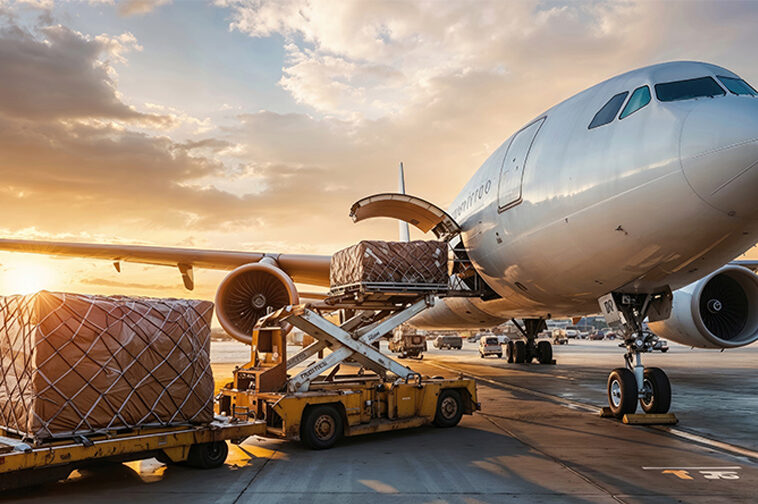How international logistics works
Cargo transport is the silent engine that moves the global economy. Every day, millions of tons of goods travel by land, sea and air, crossing borders, oceans and continents to get to their destination. But how does this complex system that allows a product to leave a factory in Asia and arrive on store shelves in Europe really work?
What is cargo transport?
The term cargo refers to the transportation of goods-rather than people-on dedicated means: cargo ships, cargo planes, trucks, and freight trains. Each mode has advantages and limitations related to cost, time, and types of goods transported.
-
Sea transport: cheapest and used for large volumes, although slow.
-
Air transportation: the fastest, but also the most expensive, ideal for urgent or high-value goods.
-
Road transport.: essential for local and regional distribution.
-
Rail transport: efficient over long overland distances, especially for heavy goods.
International logistics: beyond just transportation
Logistics is not just “moving” goods: it encompasses the entire flow management from production to delivery. It is concerned with planning routes, managing customs documents, coordinating warehouses, optimizing time and costs, tracking shipments in real time, and resolving unforeseen events along the way.
Some key elements of international logistics are:
-
Incoterms: international rules that define responsibilities between seller and buyer.
-
Customs documentation: essential for the passage of goods between countries.
-
Traceability: Thanks to technology, it is now possible to know where a shipment is at all times.
-
Integrated logistics: coordination among different actors (suppliers, transporters, customs, distributors) for a smooth supply chain.
Why is it important to understand how it works?
Knowing the basics of cargo transportation and international logistics is useful not only for those who work in the industry, but also for companies that export or import, startups that want to enter foreign markets, or simply those who are curious about what’s behind the words “Made in…” on product labels.
In an increasingly interconnected world, logistics is what holds supply and demand together on a global scale.





